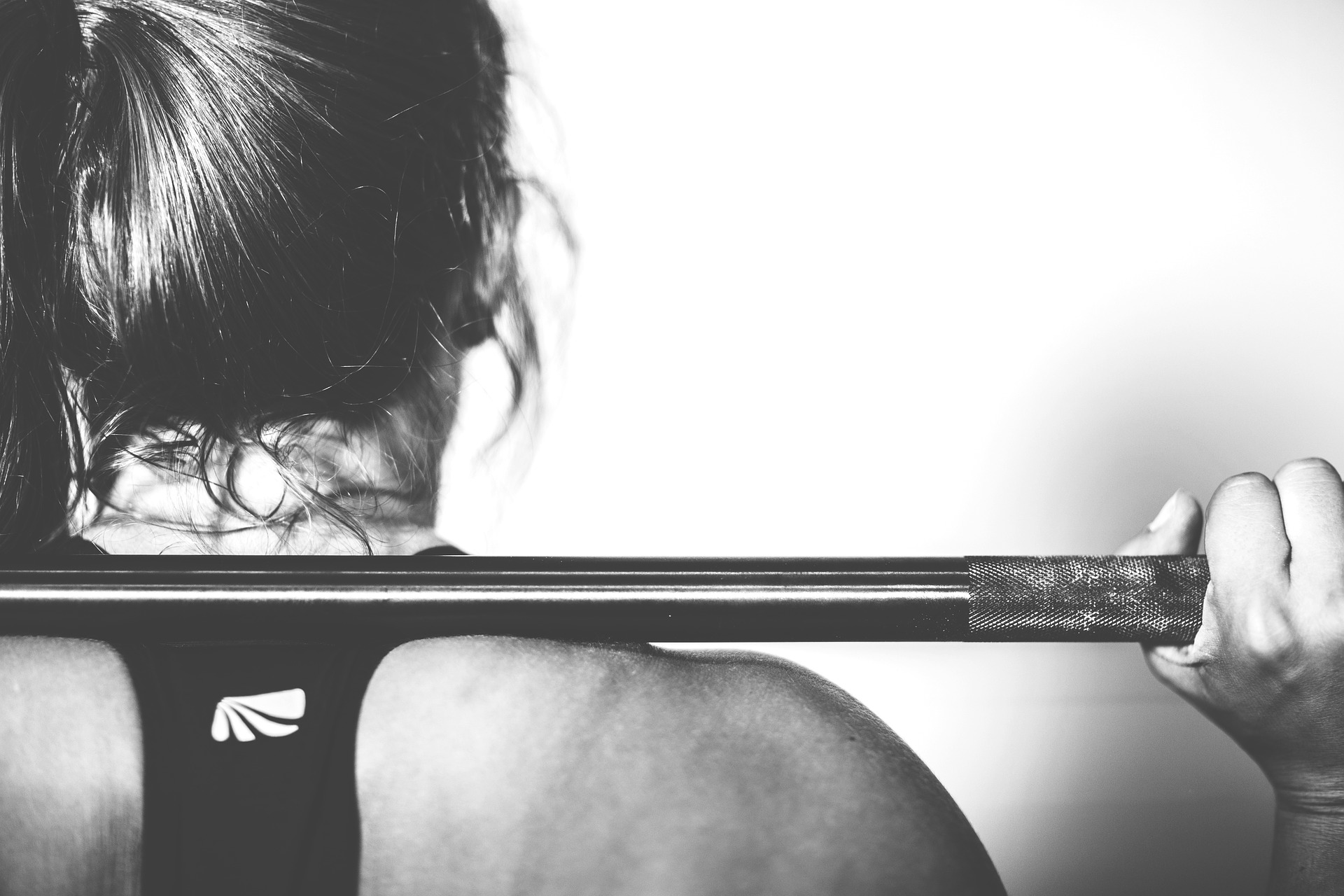Strength training is an essential part of any workout program. Participants should aim for 2 to 3 workouts per week targeting major muscle groups of the upper and lower body. Multi joint movements such as the squat or deadlift provide a more effective and efficient workout compared to single joint exercises (ex. leg extension machine). The exercise prescription (sets, repetitions, and intensity) is more important than a specific exercise when developing muscle strength, but exercise selection remains important for addressing individual needs (weakness, tightness) and when working with a Physical Therapist after returning from injury. A recent research study determined which exercises are best for lower extremity muscle activation.
Delgado and colleagues in the Journal of Strength and Conditioning Research examined the muscle activation levels of the back squat, romanian deadlift, and barbell hip thrust (2019). Researchers captured the activation levels (EMG) of the quadriceps, hamstring, and gluteus maximus muscles during each exercise in a group of trained (> 1 year experience) men. EMG data was collected under two conditions: a 60 kg weight and at the participants one repetition max.
Similar to a previous study, authors found greater gluteus maximus recruitment in the hip thrust compared to the back squat. Interestingly, the hip thrust’s gluteus maximus recruitment was not statistically different than the romanian deadlift. As expected, quadriceps recruitment was greatest in the back squat and this exercise effectively targeted the knee and hip extensors. Conversely, hamstring recruitment was greatest in the romanian deadlift. This study highlights the ability of multi joint exercises to target multiple muscle groups throughout the lower extremity improving effectiveness and efficiency in your workouts.
To learn more on how to improve your workouts contact the experts at MEND

